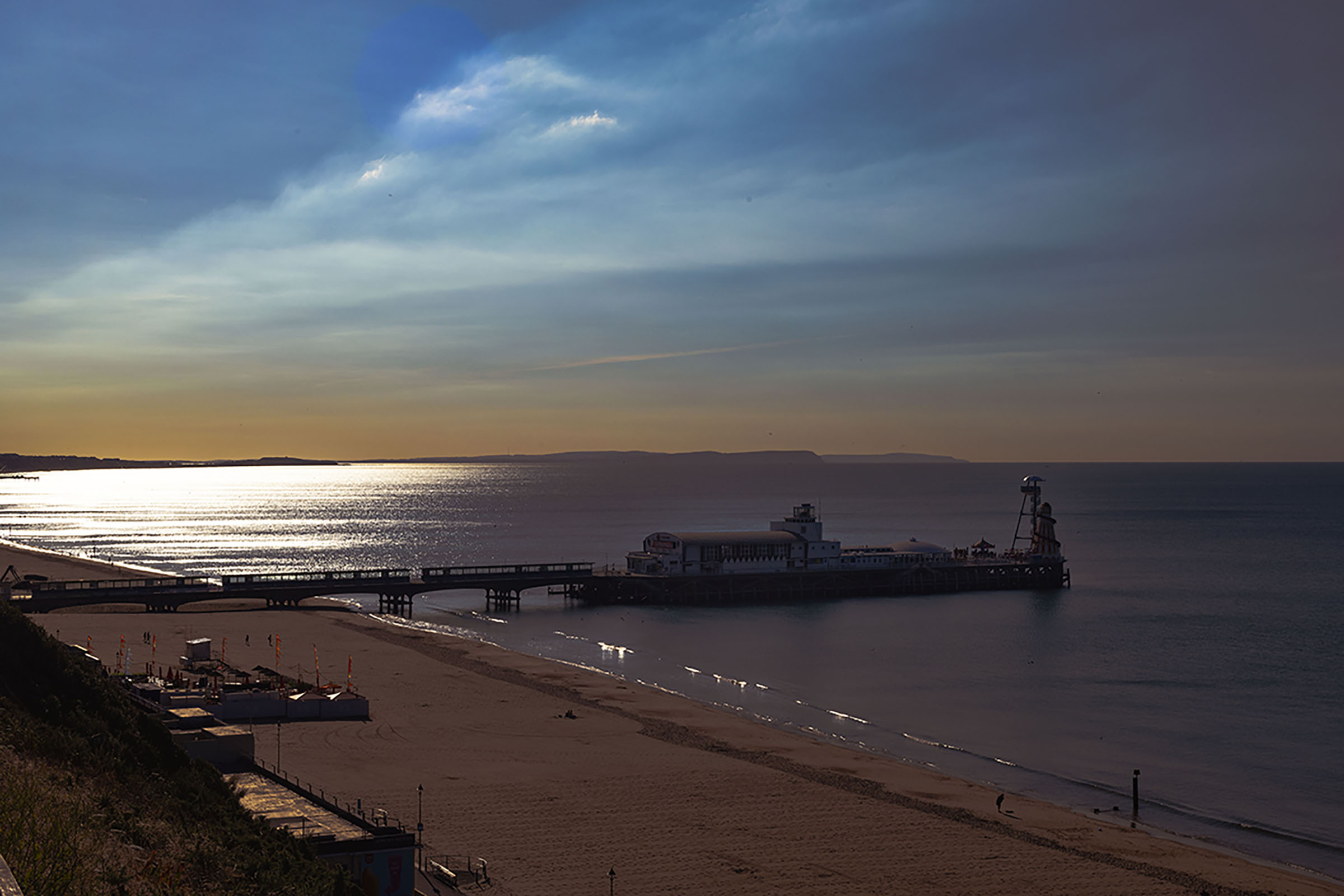Overview
I have extensively written on the topic of shared ownership. In this section, I provide you with some techniques to help you find your ideal shared ownership property and some advice to help you along the way. While, I cannot guarantee you that you will find the perfect shared ownership property. The below will, hopefully help you with your journey.
Visit MoSCOW
MoSCOW is Business Analyst tool for prioritising.
M – Must Have
S – Should Have
C – Could Have
O – Ought to Have
W – Would like to have or some will call it wish to have.
This tool is quite useful before viewing homes to determine priorities for features before you begin looking. It helps save time by helping you to idenfity properties that you are most interested in viewing versus wasting time being a ‘lookie loo.’ A ‘lookie loo’ someone who really does not have an interest in purchasing the property but is just looking. Likewise, it forces you to think about the purchase, what is important to you, what you need, and what is more of a luxury for you.
Basically, prioritisation is from the top to bottom with ‘Must Have,’ being the features you must have to consider the property and these would be your most important features. Whereby, if the property did not have most of them, the property would be one you would not pruchase. ‘Ought to Have,’ would be your next most important features that the property needs for you to consider but if a few were not included, it would not be a deal breaker for you. ‘Should’ and ‘Could’ have are features that are not as important but at least some should be included. Whereas, ‘Would like to have’ being more of features being on your wish list. How many you assign to each category, the criteria for each, and how you assign is your choice.
Expand your search
If you are looking towards shared ownership then you need to have a bigger search area. This is because shared ownership properties are in demand due to their limited numbers, and shared ownership operates on a first come first served basis. From my experience, if you are looking in a limited area because of nearby family or schools, for example, it is likely your search will be quite long. To get around the barrier of limited search area, is to expand your search to include nearby areas.
Expand you searching tools
Some people will advise you to use the Shared Ownership website. This is a great starting point but I would strongly recommend expanding your searching tools. One good tool is On the Market. This site allows you to search your area for shared ownership and to search on a variety of criteria. Another option is entering your search criteria into a search engine. The downside, to using a search engine you may return outdated results.
Keep up to date with new housing developments in your area
Share ownership properties are included with affordable housing requirements, social housing, for planned developments. This means a small number of homes will be allocated shared ownership, I believe the figure is around 10% for social housing. However it is worth noting social housing includes housing for councils and housing associations to rent. In order to be one of the first to apply, you will need to contact the developer to find out the housing association that is managing shared ownership. Once you find out, then you will need to contact them and to keep in contact to get your application in as one of the first. A good way to identify potential shared ownership properties is to follow housing developers on Facebook, for example Taylor Wimpey, Keepmoat, and Barrat Homes. Along with following housing associations in your area.
Look at your finances
Affordability and Credit Checks
The last thing you want to happen once you have found your dream home, is to find out you do not pass the affordability checks or you have an adverse credit history. The realiality shared ownership is not cheap. You will have to pay rent, service charge, a percentage of the building insurance, in many cases a mortgage, and repairs on the property. Furthermore, you will have to go through an affordability check to ensure you can afford the property. Plus, you will need to get a mortgage. Since shared ownership means you will not own the property outright, it means the number of mortgages available are limited and it can mean you will need to put up a larger deposit than if you bought the property.
Cost of Moving
The other side of getting your finances into shape is ensuring you have enough money. Moving is not cheap. You will face changes in your expenses, such as utility bills, council tax, and you may face re-connection fees for services like broadband. Also, you will face having to go through your possessions to see what you will need and what you can throw away. This can mean, the need to replace high value items like television and furniture. Along with hiring a skip to throw away items you no longer need. Next, you need to consider the legal expenses. In the UK, outside of London, a good ‘ball park’ starting figure is £2,000. £2,000 is your legal fees and this does not include your first month’s rent, mortgage + any additional days being charged because you are moving during the month. You will need to factor in at least an additional £4,000 – £7,500 if your property does not come with flooring (carpet and tiling). Finally, you need to account for the cost of your mortgage plus any fees being charged by your mortgage and mortgage broker.
Advice: Maximising your chances
Don’t get attached
The above sections gives you techniques on how to find your perfect shared ownership but it does not tell you how to endure the rejection that comes with shared ownership. To begin with, it is important to see your search as a journey that has an undefined destination. Yes, you may have an idea of the type of property you want, its location, and what it should contain, but it is important not to get attached. When viewing properties, it is easy to get attached to a property and begin to get tunnel vision that leads to an obsession of needing that specific property. Best advice, don’t get attached. Shared Ownership, can be very competitive and brutal. Instead, it is best to search every day and regularly view properties. If you find one you like then start the process to compete for it but continue your search. Because of the competitive nature of shared ownership and because shared ownership is done on a fist come basis, it is easy to give up. Perserveriance, is needed to be able to continue your search.
Be flexible and adaptable
While searching for your perfect shared ownership property, it is important to review what is working and what is not working. This is a journey and to find your perfect shared ownership property you will need to be flexible and open to updating your approach. The more you get ‘locked in’ to a location, type of property, or specific features, for example, the harder it will be to find your ideal property. To be clear, I am not saying you will not find it but it will, most likely, take longer with a lot of rejection. So, the more you can be flexible and adapt to what is available in your market the more likely you are able to succeed.
Final Thoughts
I would like to say thank you to everyone who has liked, loved, or is following Be Berry Informed on Facebook, your support is truly amazing. If you have questions about this post easiest way is to leave a comment either below or on Facebook; but if you want a personalised response please use the below contact form.
Proudly powered by WordPress
Copyright (2024) – Be Berry Informed – All rights reserved.

